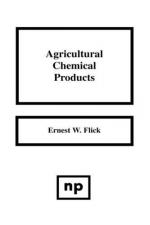|
This section contains 896 words (approx. 3 pages at 300 words per page) |

|
Soon after crops were domesticated, the need for fertilizers was realized. The first widely used fertilizer was manure, but bonemeal, fishmeal, dried blood, sewage, and seaweed all have served as fertilizers as well. In some cases green manuring is used; this takes place when crops such as clover or alfalfa are grown and then plowed under and left to rot. The first scientific study of fertilizers was conducted in 1550 when Frenchman Bernard Palissy (c.1499 or 1510-1589), voiced the opinion that since plants absorbed minerals--which he called vegetable salts--from the soil, the minerals needed to be replenished. Olivier de Serres (1539-1619), also of France, suggested crop rotation as a way of preserving soil nutrients. A 1669 paper published in England, however, suggested the use of fertilizers to replace soil minerals--phosphorus, potassium, nitrogen, sulfur, calcium, iron, and magnesium. Trace elements plants use include copper, born, zinc, manganese, and cobalt...
|
This section contains 896 words (approx. 3 pages at 300 words per page) |

|


